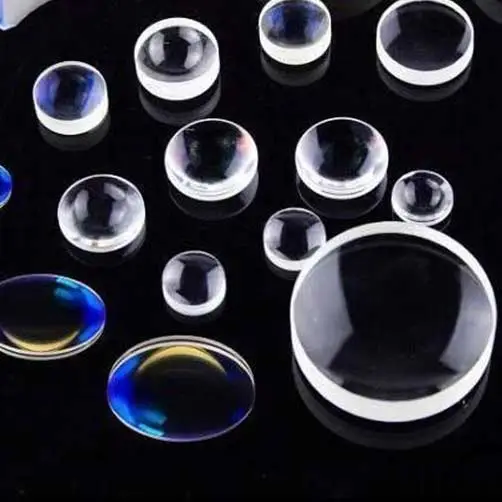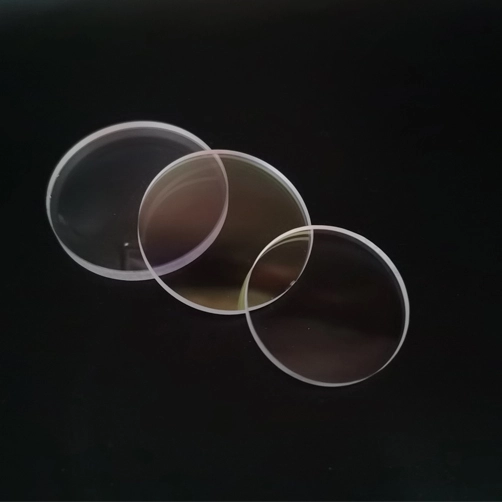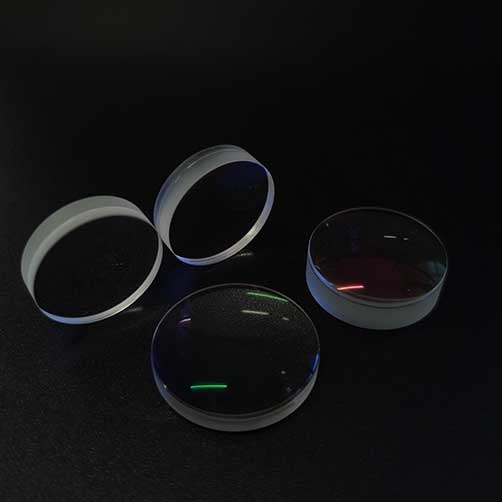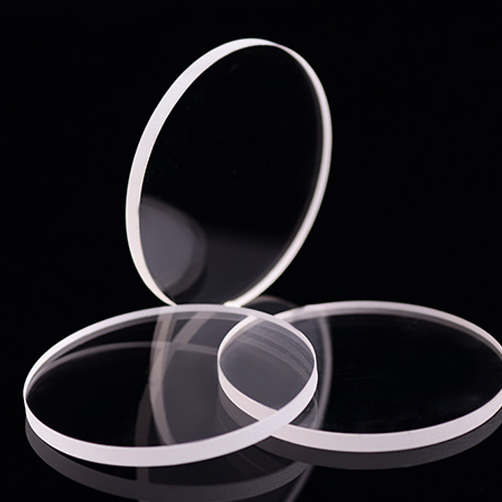
Infrared, shortened as IR, is a type of electromagnetic wave that can achieve wireless data transmission.
Infrared spectroscopy is the selective absorption of certain wavelengths of IR by molecules, causing transitions between vibrational and rotational energy levels within the molecules. By detecting the absorbed IR, the material's IR absorption spectrum, also known as molecular vibrational spectrum or vibrational-rotational spectrum, can be obtained.
Infrared optics generally requires thermal stability, which can be achieved through active thermal stabilization or passive thermal stabilization.
Active thermal stabilization technology uses pre-set automatic or manual adjustment devices to achieve optical stability during temperature changes, while passive thermal stabilization considers the effect of temperature changes on the lenses and compensates for them through optimization to achieve little or no optical changes. It is evident that active thermal stabilization requires additional auxiliary equipment or mechanisms, while passive thermal stabilization does not.
Common infrared materials include silicon, germanium, zinc sulfide, zinc selenide, and sulfur-based glass. With the development of processing technology, non-spherical lenses and diffraction gratings can now be processed on materials such as germanium, making thermal stabilization design more convenient. Based on the characteristics of infrared optical materials, germanium is generally used as the material for negative focal length lenses in thermal stabilization.
The infrared optics system refers to the optical system that works in the infrared spectrum region. The IR optics system includes an optical system that receives infrared information from targets through self-radiation or reflection and an optical system that emits infrared information.
The IR optics system includes an optical system that receives infrared information from targets through self-radiation or reflection and an optical system that emits infrared information.
Infrared optics systems that detect the position and distance of targets, such as infrared rangefinders, infrared search and tracking systems, and infrared guidance heads, etc.
Infrared optics systems that detect the temperature difference distribution of targets, such as thermal imagers.
Infrared optics systems that detect the radiation and reflection flux of targets, such as thermal radiometers.
Infrared optics systems that emit infrared radiation, such as infrared parallel beam tubes, CO2 laser-directed energy systems, etc.
Due to the invisibility of IR, the first three types of IR optical systems must be combined with IR detectors to be applied. IR optics systems are widely used in military, agricultural, industrial production, medical, and space technology fields, and will be further expanded with the development of IR detectors, IR optical materials, system design, micro-coolers, and electronic technology.



